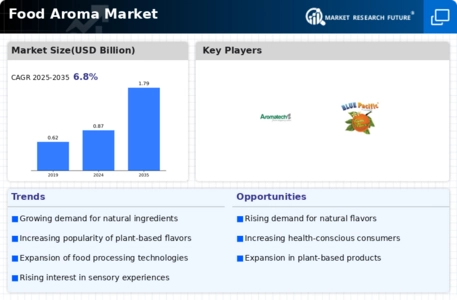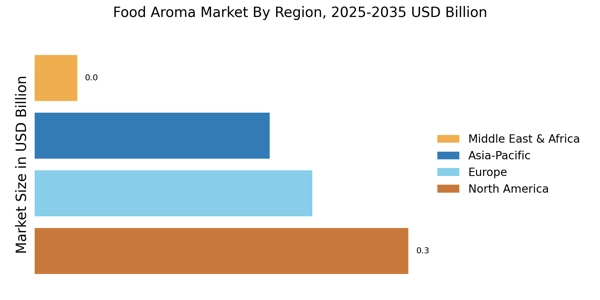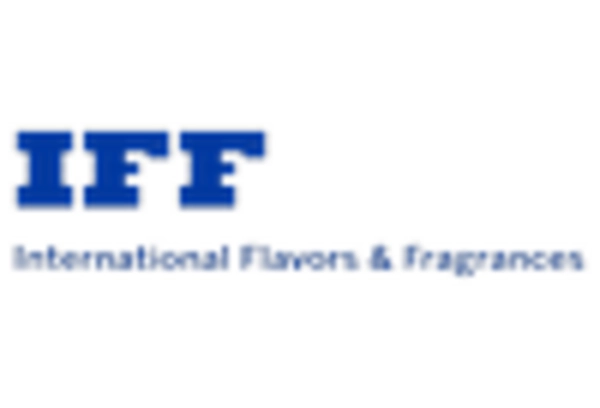Leading market players emphasize developing clean-label, natural, and sustainable aroma solutions to align with evolving consumer demands. Market participants are also adopting number of tactical initiatives to increase their presence, with significant market developments including product differentiation, contractual agreements, mergers and acquisitions, investments, and partnership with other market leaders. The food aroma industry must offer differentiated products to address different consumers' needs and thrive in this competitive market climate.
Expanding the range of aroma ingredients to cover a broad spectrum of flavor profiles, including traditional, exotic, and fusion flavors is one of the key business tactics manufacturers use in the Food Aroma industry to benefit clients and increase the market share. In recent years, the Food Aroma industry has offered some of the most significant advantages to Consumers.
Major players in the Food Aroma Market, including Dsm-firmenich, Givaudan, Symrise AG, Takasago International Corporation, Hindustan Mint and Agro Products, and others, are attempting to increase market demand by investing in product development to increase their product line and cater to diverse consumer needs.
DSM-Firmenich is an innovative industry leader in nutrition, health, and beauty. With a focus on pioneering scientific advancements, the company operates across four distinct yet interrelated business segments, each dedicated to delivering solutions that drive progress and positively impact both individuals and the environment. The business segments include Perfumery and beauty, the field of Health, Nutrition and care, and the domain of animal nutrition and health.
In October 2023, Two of Dsm-firmenich's human milk oligosaccharide (HMO) constituents were authorized as fortifiers for newborn nutrition in China, according to the company, a pioneer in health, nutrition, and beauty. This approval marks an important turning point since it will open up new doors for innovation in baby and young child nutrition and make the special advantages of HMOs available to them in China.
Givaudan, a prominent leader in fragrance & beauty and taste & wellbeing, is renowned for its dedication to enhancing the human experience. With an extensive footprint, Givaudan operates in more than 185 locations across 52 countries, boasting a robust network of over 79 production sites. These production facilities are strategically distributed, with 31 in Europe, 17 in Asia-Pacific, 13 in North America, 9 in Latin America, and 9 more stretching across South Asia, the Middle East, and Africa. Givaudan's commitment is firmly grounded in its pursuit of purpose-led growth to generate a positive impact.
In March 2021, Givaudan Taste & Wellbeing introduced the Aroma Kiosk, an innovative digital sensory insights tool. This tool is designed to engage consumers in dynamic settings, including grocery and department stores, universities, and shopping malls. Its primary function is to collect valuable consumer feedback and provide real-time product recommendations.


















Leave a Comment